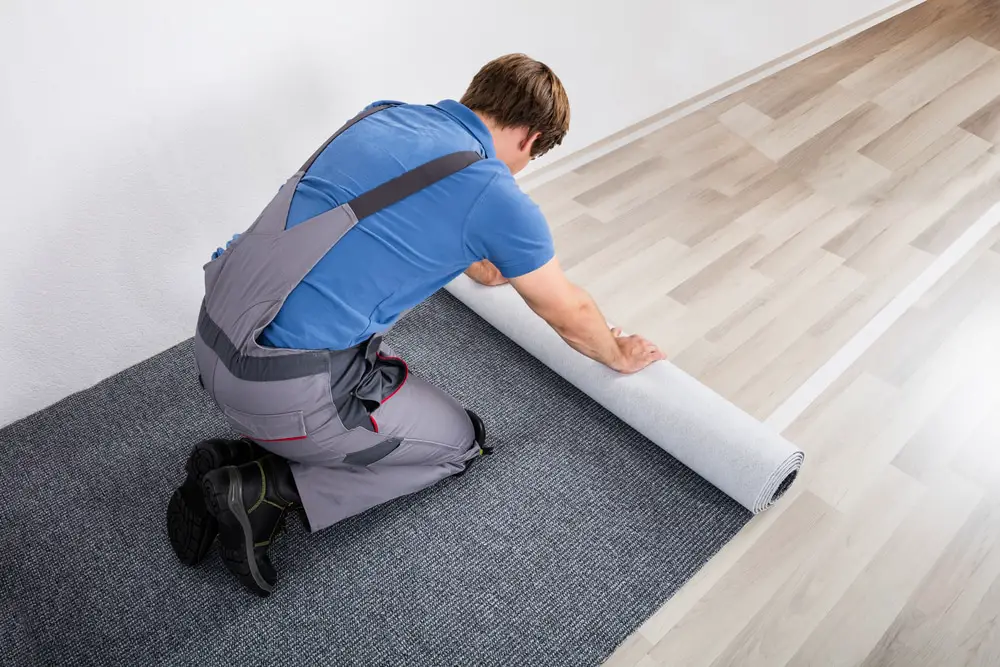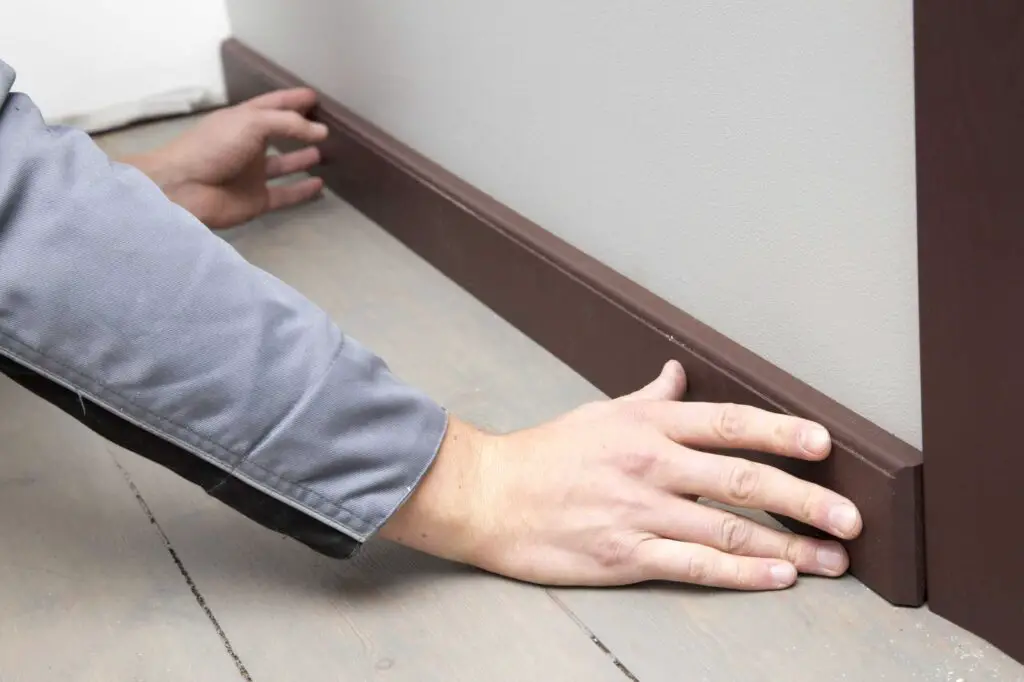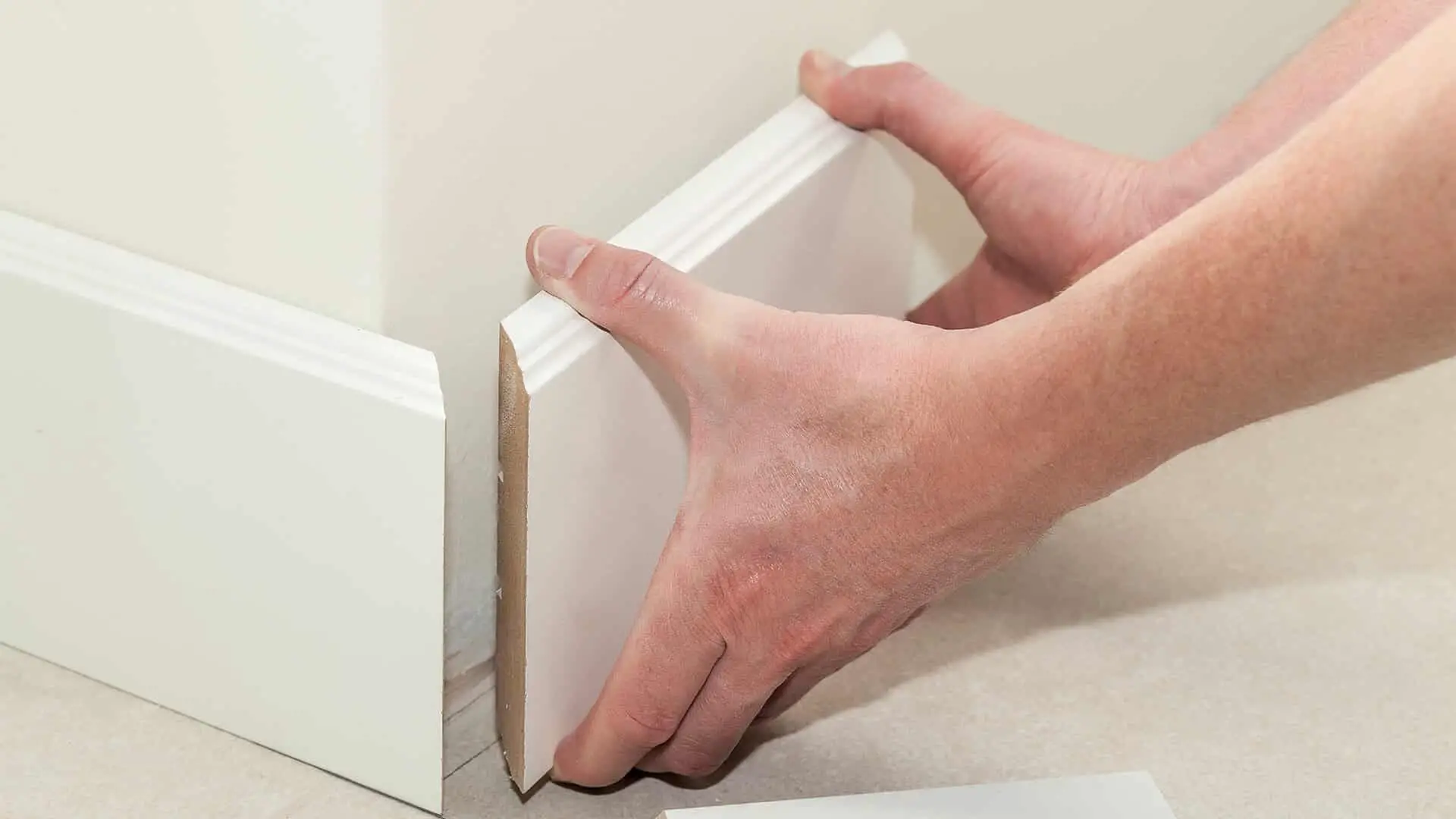How To Choose Baseboards
Introduction
How To Choose Baseboards: Choosing the right baseboards for your home is an important decision that can greatly impact the overall look and feel of your space. Baseboards not only serve a functional purpose by covering the gap between the floor and the wall, but they also add a decorative element to your room. With so many options available, it can be overwhelming to know where to start when it comes to selecting the perfect baseboards for your home.
First and foremost, it is important to consider the style and aesthetic of your home. Baseboards come in a variety of styles, from simple and understated to ornate and detailed. The style of your baseboards should complement the overall design of your space. For example, if you have a modern and minimalist home, you may want to opt for sleek and simple baseboards. On the other hand, if you have a more traditional or vintage-inspired home, you may prefer baseboards with more intricate details.
Another important factor to consider when choosing seal baseboards is the material. Baseboards can be made from a variety of materials, including wood, MDF (medium-density fiberboard), and PVC (polyvinyl chloride). Each material has its own advantages and disadvantages. Wood baseboards are a popular choice for their natural beauty and durability, but they can be more expensive. MDF baseboards are a more affordable option and can be easily painted to match your decor. PVC baseboards are moisture-resistant and easy to clean, making them a great choice for bathrooms and kitchens.

What type of baseboards should I get?
Solid wood finger jointed wood, and MDF (medium-density fiberboard) baseboards are among the most popular material choices. Choosing the material often comes down to budget or color preference, so it’s easier to determine which material is right for your house.
When it comes to choosing the right baseboards for your home, there are several factors to consider. Baseboards not only serve a functional purpose of covering the gap between the wall and the floor, but they also add a decorative element to your space. The type of baseboards you choose can greatly impact the overall look and feel of your home.
The height of the baseboards is also something to think about. Taller baseboards can make a room feel more elegant and can help to visually balance out high ceilings. However, if you have lower ceilings or smaller rooms, taller baseboards may overwhelm the space. In these cases, shorter baseboards may be a better option.
Lastly, consider your budget when choosing baseboards. The cost of baseboards can vary greatly depending on the material and design. Wood baseboards tend to be more expensive than MDF or PVC baseboards. It’s important to find a balance between your desired style and your budget.
How do I choose baseboard size?
Here is a great rule of thumb: A standard 8-foot wall typically has a baseboard 3 to 5 inches tall, while a 10-foot ceiling calls for 5 to 7 inches. As a designer, I love adding height for drama. And the taller baseboards create a modern yet elegant finished look.
Choosing the right baseboard size is an important decision when it comes to finishing the look of your home. Baseboards not only provide a decorative touch, but they also serve a functional purpose by covering the gap between the wall and the floor. The size of your baseboards can greatly impact the overall aesthetic of a room, so it’s important to choose wisely.
Additionally, you’ll want to take into account the height of your ceilings. Taller ceilings can handle taller baseboards, while lower ceilings may require shorter baseboards. This is because taller baseboards can help to draw the eye upward and make the room feel more grand, while shorter baseboards can help to create a more cozy and intimate atmosphere.
Lastly, it’s important to consider your personal preferences and the overall style you’re trying to achieve. If you prefer a more understated look, you may opt for smaller, simpler baseboards. If you want to make a statement and add a touch of elegance to your space, you may choose larger, more decorative baseboards.
What are the best baseboards to install?
Choose the right baseboards for your home using several criteria. Baseboards conceal the wall-floor gap and add style. The right baseboards can enhance your home’s decor.
Wood baseboards are popular. Timber baseboards are classic and sturdy. Choose oak, pine, or maple to match your woodwork. Wood baseboards can be stained or painted to fit any home’s color design.
Modern, elegant metal baseboards may be best. Modern, minimalist aluminum or stainless steel baseboards. High-traffic areas or homes with kids or pets benefit from their easy cleaning and maintenance. Kitchens and bathrooms benefit from moisture-resistant metal baseboards.
Budget consumers should choose vinyl baseboards. Vinyl baseboards are cheap and easy to install, so DIYers like them. You can pick the ideal one for your home from different colors and styles. Basements and laundry rooms benefit from moisture-resistant, easy-to-clean vinyl baseboards.
The right baseboards depend on your budget, style, and tastes. Choose based on durability, care, and beauty. For accurate wood, metal, or vinyl baseboard installation, measure your room and consult an expert.
How do I choose baseboards and casings
Firstly, consider the style and design of your home. Are you going for a modern, contemporary look or a more traditional, classic feel? The style of your home will dictate the type of baseboards and casings that will complement the overall design. For example, if you have a modern home with clean lines and minimalistic features, you may want to opt for simple, streamlined baseboards and casings. On the other hand, if you have a more traditional home with ornate details and intricate moldings, you may want to choose baseboards and casings that reflect that style.
Secondly, consider the height and scale of your space. Baseboards and casings come in various heights and widths, and it’s important to choose ones that are proportionate to the size of your room. If you have high ceilings, you may want to opt for taller baseboards and casings to create a sense of grandeur. Conversely, if you have lower ceilings, choosing shorter baseboards and casings can help create the illusion of height.
Thirdly, consider the material and finish of the baseboards and casings. Baseboards and casings can be made from a variety of materials, including wood, MDF, and PVC. Each material has its own advantages and disadvantages, so it’s important to choose one that suits your needs and budget. Additionally, consider the finish of the baseboards and casings. Do you want a natural wood finish, a painted finish, or a stained finish? The finish can greatly impact the overall look and feel of your space.
What is the most popular size of baseboards?
Here is a great rule of thumb: A standard 8-foot wall typically has a baseboard 3 to 5 inches tall, while a 10-foot ceiling calls for 5 to 7 inches. As a designer, I love adding height for drama. And the taller baseboards create a modern yet elegant finished look.
When it comes to baseboards, there are several different sizes to choose from. However, one size tends to be more popular than the others. The most common and widely used size of baseboards is typically around 3-4 inches in height. This size strikes a balance between functionality and aesthetics, making it a popular choice among homeowners and interior designers alike.
Additionally, this size of baseboards is often more cost-effective compared to larger sizes. The materials and installation costs are generally lower, making it a budget-friendly option for homeowners who want to upgrade their space without breaking the bank.
Furthermore, 3-4 inch baseboards are easier to clean and maintain compared to larger sizes. They are less likely to accumulate dust and dirt, and can be easily wiped down or vacuumed. This makes them a practical choice for busy households or commercial spaces that require regular cleaning.
What are the different types of baseboards available and how do they differ in terms of style and functionality?
When it comes to baseboards, there are several different types available, each with its own unique style and functionality. One common type is the traditional baseboard, which is typically made of wood and features a simple, classic design. These baseboards are versatile and can complement a variety of interior styles, from traditional to modern.
Another popular option is the decorative baseboard, which adds a touch of elegance and sophistication to a room. These baseboards often feature intricate designs and can be made from materials such as plaster or polyurethane. They are perfect for adding a luxurious touch to formal spaces like dining rooms or entryways.
For those looking for a more modern and minimalist look, there are also baseboards available in sleek and streamlined designs. These baseboards are often made of materials like metal or PVC and offer a clean and contemporary aesthetic. They are ideal for modern or industrial-style interiors.
Are there any specific considerations to keep in mind when choosing baseboards for different types of flooring?
When choosing baseboards for different types of flooring, there are several important considerations to keep in mind. Firstly, you need to consider the height of the baseboards in relation to the flooring material. For example, if you have thick carpeting, you may want to choose taller baseboards to ensure they cover the gap between the floor and the wall. On the other hand, if you have hardwood or tile flooring, you can opt for shorter baseboards as they don’t need to cover as much space.
Another consideration is the material of the baseboards. Different types of flooring may require different materials for the baseboards. For instance, if you have laminate or vinyl flooring, you may want to choose baseboards made of a similar material to create a cohesive look. However, if you have hardwood flooring, you might prefer baseboards made of wood to match the natural aesthetic.
How do you determine the appropriate height and width of baseboards for a room?
When determining the appropriate height and width of baseboards for a room, there are several factors to consider. Firstly, the overall style and design of the room should be taken into account. If you have a room with high ceilings and a more grandiose aesthetic, taller baseboards can help to create a sense of elegance and sophistication. On the other hand, if you have a smaller room with lower ceilings, shorter baseboards can help to visually expand the space.
The architectural style of the home should also be considered when determining the height and width of baseboards. For example, if you have a home with a more traditional or historic style, wider baseboards can help to maintain the authenticity and character of the space. Conversely, if you have a modern or minimalist home, narrower baseboards can complement the clean lines and simplicity of the design.
What are some popular trends or design options for baseboards that can enhance the overall aesthetic of a space?
When it comes to baseboards, there are several popular trends and design options that can greatly enhance the overall aesthetic of a space. One popular trend is the use of taller baseboards. Taller baseboards, typically around 6 to 8 inches in height, can create a more elegant and sophisticated look in a room. They can also help to visually elongate the walls, making the space appear larger and more grand.
Another popular design option is the use of decorative baseboards. These baseboards often feature intricate patterns or designs that can add a touch of elegance and charm to a room. Decorative baseboards can be especially effective in rooms with a more traditional or vintage style, as they can help to enhance the overall character and charm of the space.

Conclusion
Choosing the right baseboards for your home is an important decision that can greatly impact the overall look and feel of your space. With so many options available, it can be overwhelming to know where to start. However, by considering factors such as style, material, and budget, you can make an informed decision that will enhance the aesthetic appeal of your home.
Lastly, it is essential to consider your budget when choose baseboards. The cost of baseboards can vary greatly depending on the material, style, and quality. It is important to set a budget and stick to it to ensure that you are making a financially responsible decision. Additionally, it is worth considering the long-term costs of maintenance and potential replacements when choosing baseboards. While cheaper options may seem appealing initially, they may end up costing more in the long run if they require frequent repairs or replacements.
The right baseboards for your home involves considering factors such as style, material, and budget. By carefully evaluating these factors and making an informed decision, you can select baseboards that enhance the overall aesthetic appeal of your space while also meeting your practical needs. Whether you opt for traditional wood baseboards or modern PVC ones, the right choice can make a significant difference in the overall look and feel of your home.








